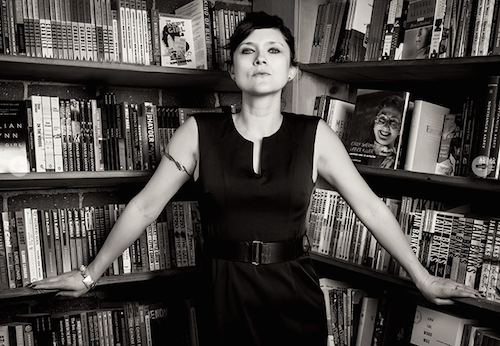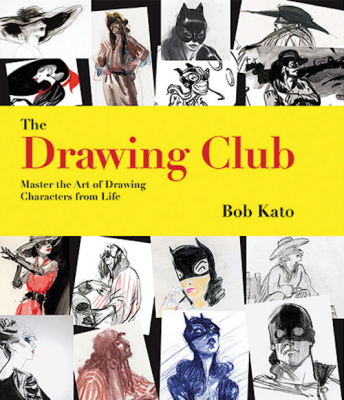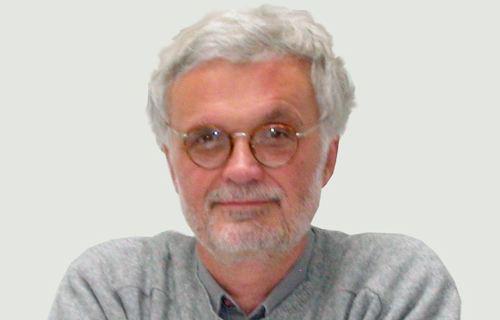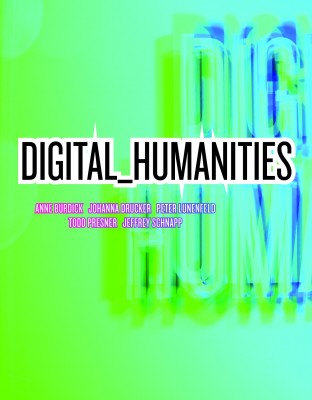
Cover image courtesy of University of California Press
Gabrielle Jennings (MFA 94 Grad Art) is a multi-media artist and Associate Professor teaching in ArtCenter’s Graduate Art program. Most recently, Jennings has edited a collection of essays to be published by University of California Press: Abstract Video: The Moving Image in Contemporary Art (forthcoming Fall 2015). This groundbreaking volume includes a diverse set of essays centered around the question of abstraction in the moving image arts.
Jennings has been artist in residence at Kunstlerhaus Bethanien, Berlin and 200 Gertrude Street Artist Spaces, Melbourne and has been honored with support from such organizations as the Art Matters Fellowship, Philip Morris Kunstforderung, and the Samsung Faculty Enrichment Grant. Among others, writers Harold Fricke, Jeremy Gilbert-Rolfe, Cay Sophie Rabinowitz, and Jan Tumlir have written about her work.
Jennings received a BFA from the University of California, San Diego. There she had the opportunity to study with artists such as Eleanor Antin and Allan Kaprow. She then studied with Jeremy Gilbert-Rolfe, Patti Podesta, Mike Kelley, Stephen Prina, Lita Albuquerque and Sabina Ott in the Graduate Art program at ArtCenter.
With her book due to be released next month, Jennings answered a few questions about the broad spectrum of personal, professional and creative experiences informing her writing and video creative practice as well as her journey from student to faculty member in ArtCenter’s Graduate Art program.






 What are the digital humanities? That’s the question posed in a new scholarly book co-authored by
What are the digital humanities? That’s the question posed in a new scholarly book co-authored by